OVERVIEW:
Increasing number of farmer’s suicide and rising farming issues in India are really alarming and need immediate attention. In keeping with main objective of Save Indian Farmers (SIF) to promote awareness regarding the issue of farmer suicide and support farmer families by funding projects that will help farmers and families in the long run a group of 4 SIF-Manthan volunteers visited Varuna Village in Karnataka to comprehend some ground level details and to monitor the socio- economic condition of the female farmers of the village. During their visit on June 11th, 2016 around 10 farmers shared their experience regarding farming and the difficulties faced during the entire farming process.
Varuna village is situated near Mysore with easy access to a major highway. One key point to mention here is that all the farmers that interacted were female farmers who had borrowed from Rang De and self-help groups. The SIF volunteer group was accompanied by one member from Rang De and one member from SVYM. Below is a summarized report on some key observations, alarming concerns recognized during the conversation and proposal for improvement.
OVERVIEW:
Increasing number of farmer’s suicide and rising farming issues in India are really alarming and need immediate attention. In keeping with main objective of Save Indian Farmers (SIF) to promote awareness regarding the issue of farmer suicide and support farmer families by funding projects that will help farmers and families in the long run a group of 4 SIF-Manthan volunteers visited Varuna Village in Karnataka to comprehend some ground level details and to monitor the socio- economic condition of the female farmers of the village. During their visit on June 11th, 2016 around 10 farmers shared their experience regarding farming and the difficulties faced during the entire farming process.
Varuna village is situated near Mysore with easy access to a major highway. One key point to mention here is that all the farmers that interacted were female farmers who had borrowed from Rang De and self-help groups. The SIF volunteer group was accompanied by one member from Rang De and one member from SVYM. Below is a summarized report on some key observations, alarming concerns recognized during the conversation and proposal for improvement.
PRELIMINARY OBSERVATIONS:
- The village and the farmers have sufficient access to water and open market as the village is situated near a major highway. The weather conditions are not extreme and the farmers generally do not face natural calamities like other badly affected villages in India.
- The average size of the land owned by these farmers is around 0.75-1.5 acre. The farmers of Varuna village are mostly into paddy farming, vegetable farming and milk production. Out of 10 farmers 2 were vegetable growers (tomato and brinjal) mainly because they had access to bore wells which satisfies the continuous need of water needed for vegetable cultivation. Others generally grow paddy.
- All of the farmers present had borrowedfrom Rang De at a subsidized rate of 10% per annum. This is different from the earlier practice of getting loans from the market at a rate ranging from 3-5% per month, which amounts to a massive annual interest rate of 36-60%. One can see the monetary ease they are at now compared to the past.
- In addition to Rang De the farmers are getting help from the self-help group. This self-help group is formed with the help of Swami Vivekananda Youth Movement (SVYM). All the members of this self-help group are farmers of Varuna village and the group members collectively give financial help to the farmer in distress. This self-help group always has surplus amount for any emergency financial help for farming. The group charges 2% per month interest rate for lending money.
- Most of the farmers also had alternate source of income and as a result did not face much difficulties in repaying the loan.
AREAS OF CONCERN:
The actual price that a farmer gets for the crops is much lower compared to the final price that the consumer pays. For example- For 1kg tomato a farmer hardly gets Rs.10 provided the yield for that year is good and the farmer is able to sell all the crops at the best price or else the revenue/selling price goes down.
Additionally if the harvest of any crop is high, the price tends to go down and as a result farmers incur loss. Sometimes the yield for a particular crops is low, resulting in high demand for the crop and hence the high price. But due to lower yield, farmers usually do not have enough crops to sell at that high price to even breakeven and suffer loss.
Awareness regarding available government schemes and low interest loan details is very poor possibly due to lack of easy information sharing and /or lack of reliable resources. Difficult and complicated government loan sanction process is also a deterrent and steer farmers to higher interest private loans.
If the harvest is low then the farmers are entitled to monitory support from the government to minimize the loss for that season. However, the monitory amount provided by the government differs for different regions and also depends on critical harvesting condition and size of the farmland. Varuna village farmers get Rs 1500 per acre of land. Unfortunately, according to the farmers, the process for collecting this compensation is difficult as it involves bribing too many middle men and the farmers get only half the amount that they are entitled to.
The farmers can’t usually afford modern efficient equipment for their farming need due to meager revenues they get from the crop sell. For example, using tractors for ploughing can give high crop yield but buying a tractor is unaffordable. Renting a tractor is an option. However, the rent for a tractor is Rs. 600/ hour and is not a profitable investment for a farmer who owns a very small farmland. If farmers own a significant farmland then investing this amount would be profitable.
Cost of pesticides, maintenance of cows, transportation adds to the expense which in turn minimizes the revenue for the farmers.
Many farmers, specifically those who have dry land and 1/2 acres of spare land, sell their land to real estate for some extra cash. Seeing this trend, it is likely that many other farmers may get attracted to do the same which will be very harmful in long run as farmers permanently lose their steady inflow of income from farming and either start living on their savings or need to find alternate income. It is important to note that none of the farmers who sold their lands to real estate are Rang De borrower but the trend is alarming.
The income of these farmer families is so marginal that any additional cost puts them into debt. Average expense for two person household is around Rs. 1,000-1,500. Any unexpected expense due to medical emergency, family celebrations etc. makes it really tough for these families.
For dairy farmers, maintaining cows is becoming more expensive. As a result many of the farmers tend to sell the cows for cash.
Almost all the farmers opt for an alternate source of income to support their families and to deal with the debt.
All 10 farmers visited were female farmers. Per SVYM and Rang De, the ultimate decision making authority on farming related issues is still with the male counterpart of the family. So female farmers face a lot of family pressure as well.
Farmers need continuous support throughout the harvest season. There are agricultural universities, but access to those universities, the research, and the expertise are not within the reach of the farmers.
PROPOSAL FOR IMPROVEMENT:
Farmers need continuous support during the farming cycle. Experts from Agricultural University can help in this regard. Full time resource/help majoring in Agriculture field could be very useful as they will have proper educational and scientific knowledge.
Educating the farmers about existing resources such as government schemes, loans, and policies is needed.
Giving farmers access to modern methods and tools such as knowledge and techniques of soil testing, organic farming etc. could be beneficial.
Vocational training would help the farmers get financial stability through alternate income. SVYM, who are the field partner, are looking for help in conducting vocational training for the farmers.
Provide expert support to deal with social menace such as alcoholism, domestic violence is also important.
The most important step could be to educate and help farmers to come out of the debt circle practice- taking one loan after another.
CONCLUSION:
The farmers from Varuna village are far better than some badly affected villages in India and this is mainly due to geographical location and condition of Varuna village. The farmers in the village rarely face natural calamities which is one of the main reasons for rising farming challenges in India.
Rang De and SVYM are doing an excellent job by providing the farmers financial and moral help. Rang De has shaped the face of micro financing by providing low interest rate loans and SVYM volunteers offer much needed field support as they are fluent in regional language and work closely with local farmers. As a field partner SVYM needs additional people support and financial support to be efficient.
One of the possible ways to help the farmers could be creating awareness among people and help SVYM and Rang De with the proper types of resources.
On behalf of Manthan field group members- Nikita, Ruchir, Tarkesh, and Aditi, my sincere thanks to SIF, Rang De especially Rachana and last but not the least SVYM.
-Aditi Das [edited by Shubhangi Bhende]

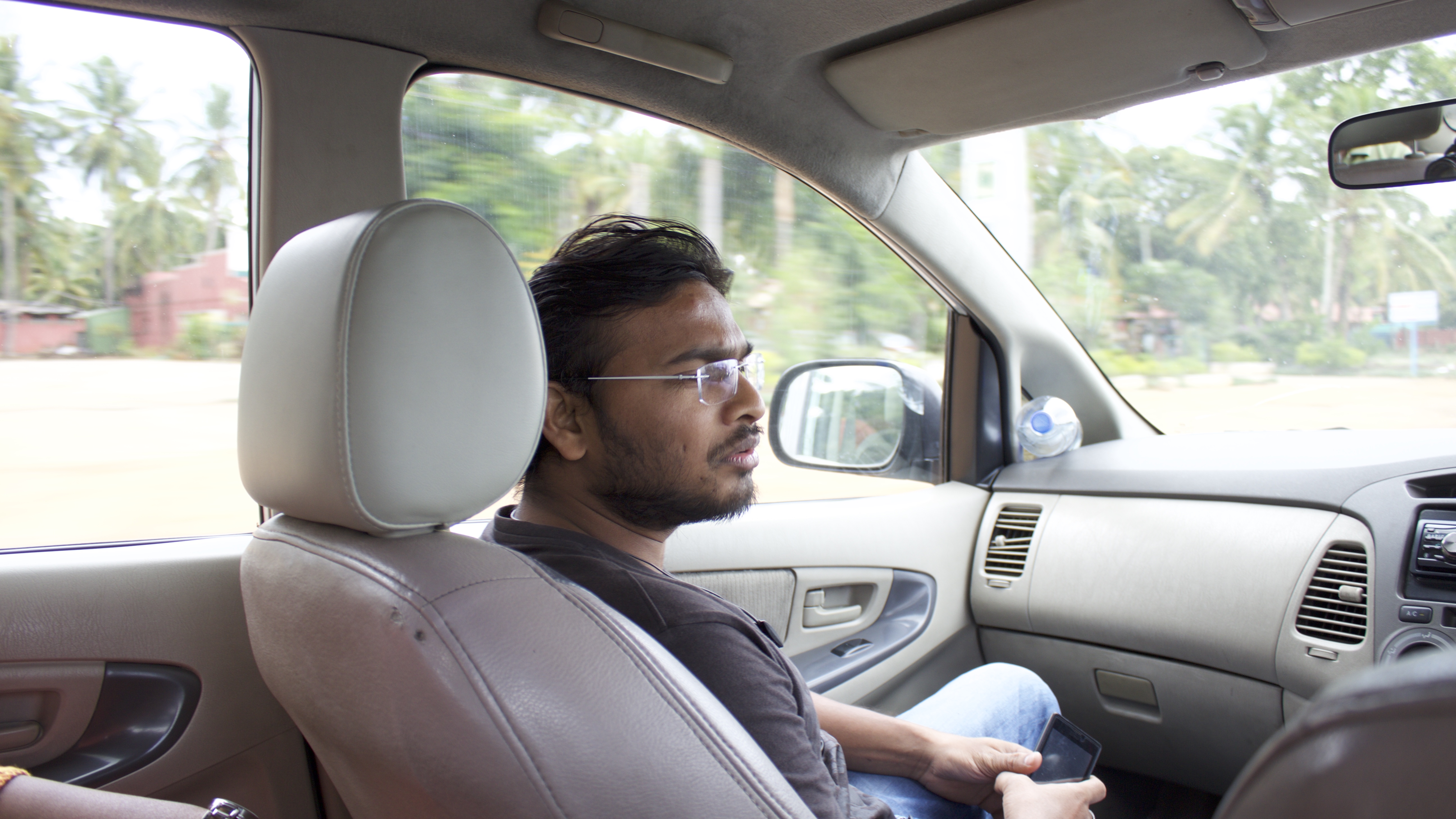
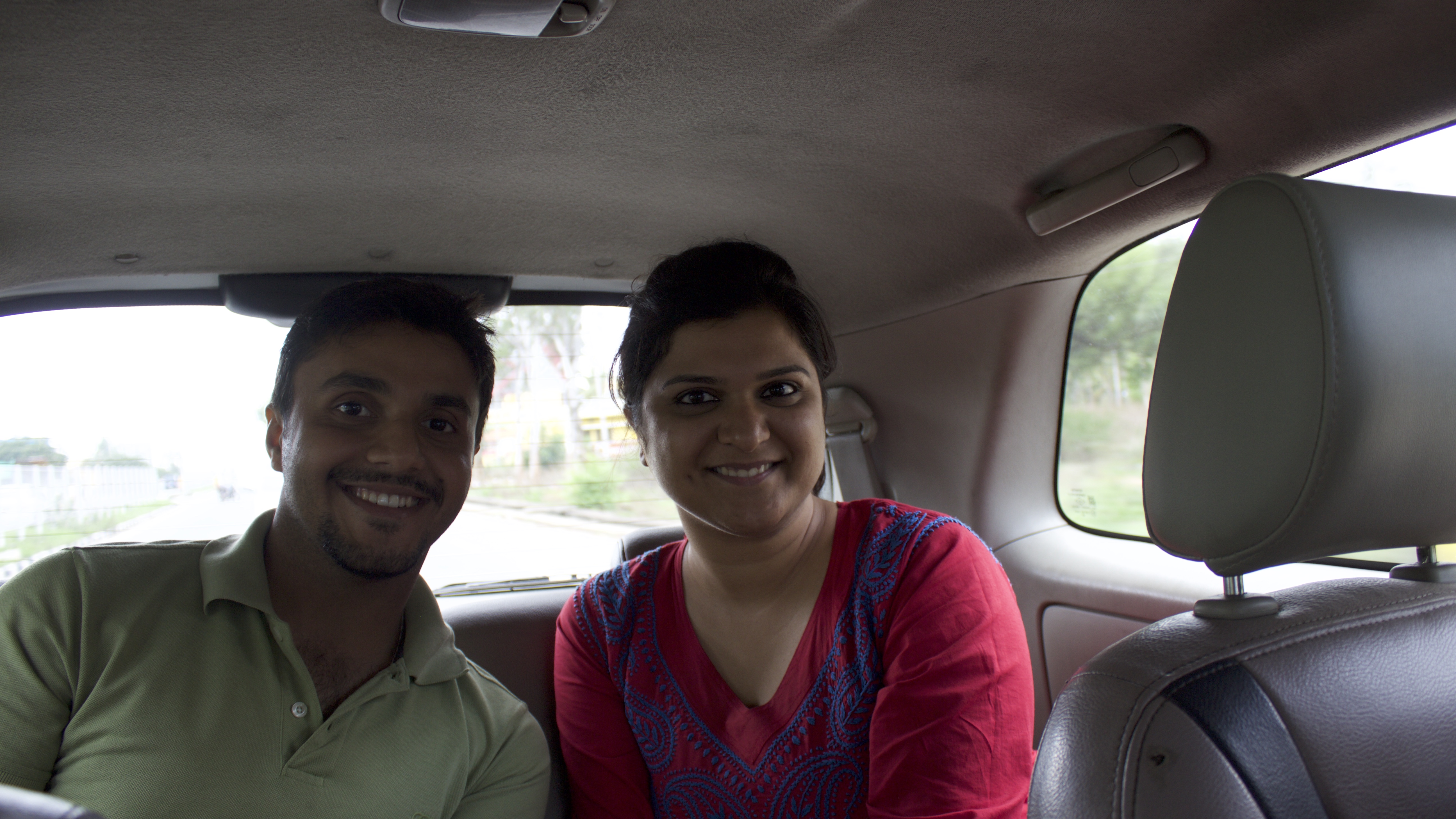
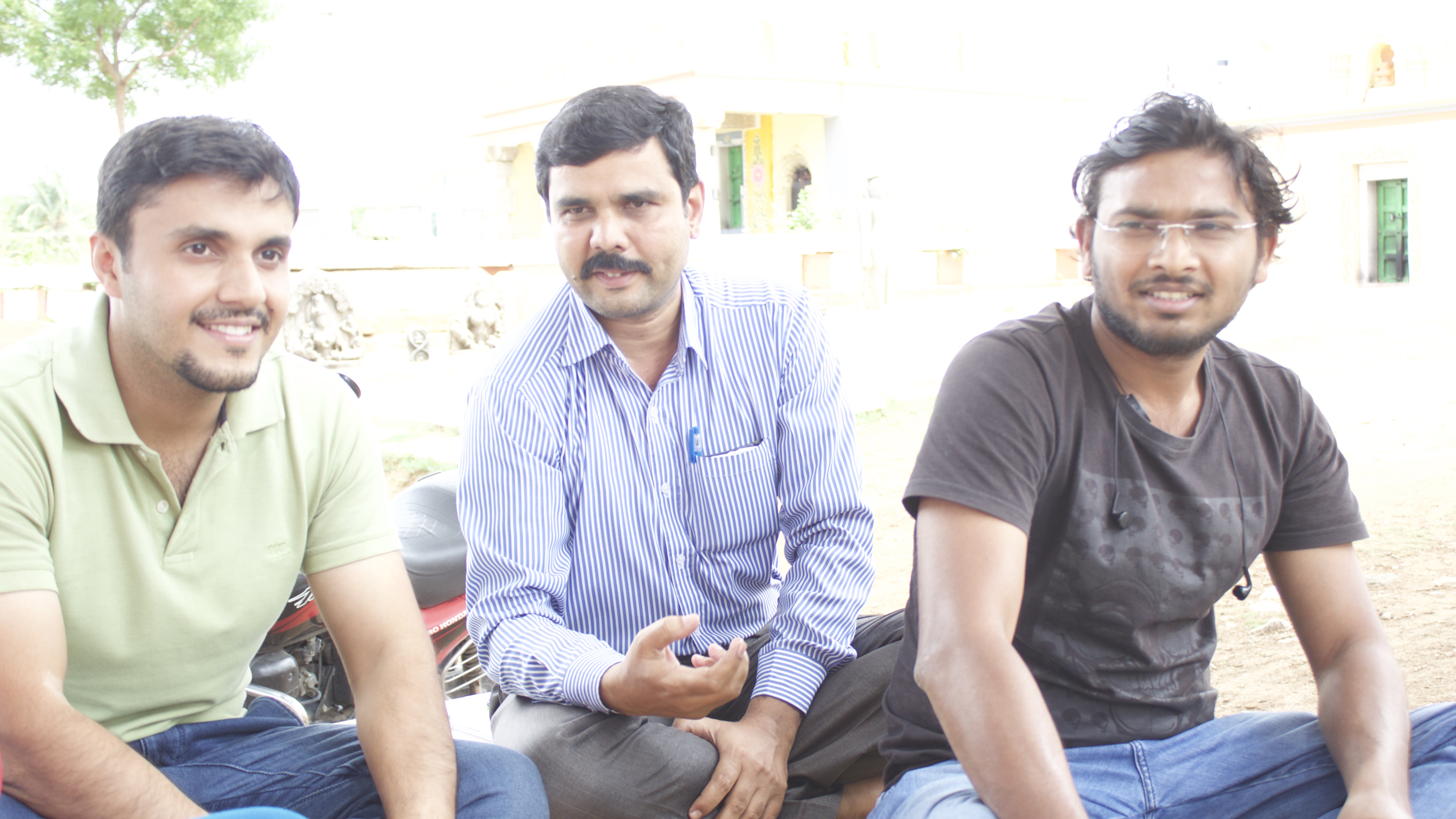
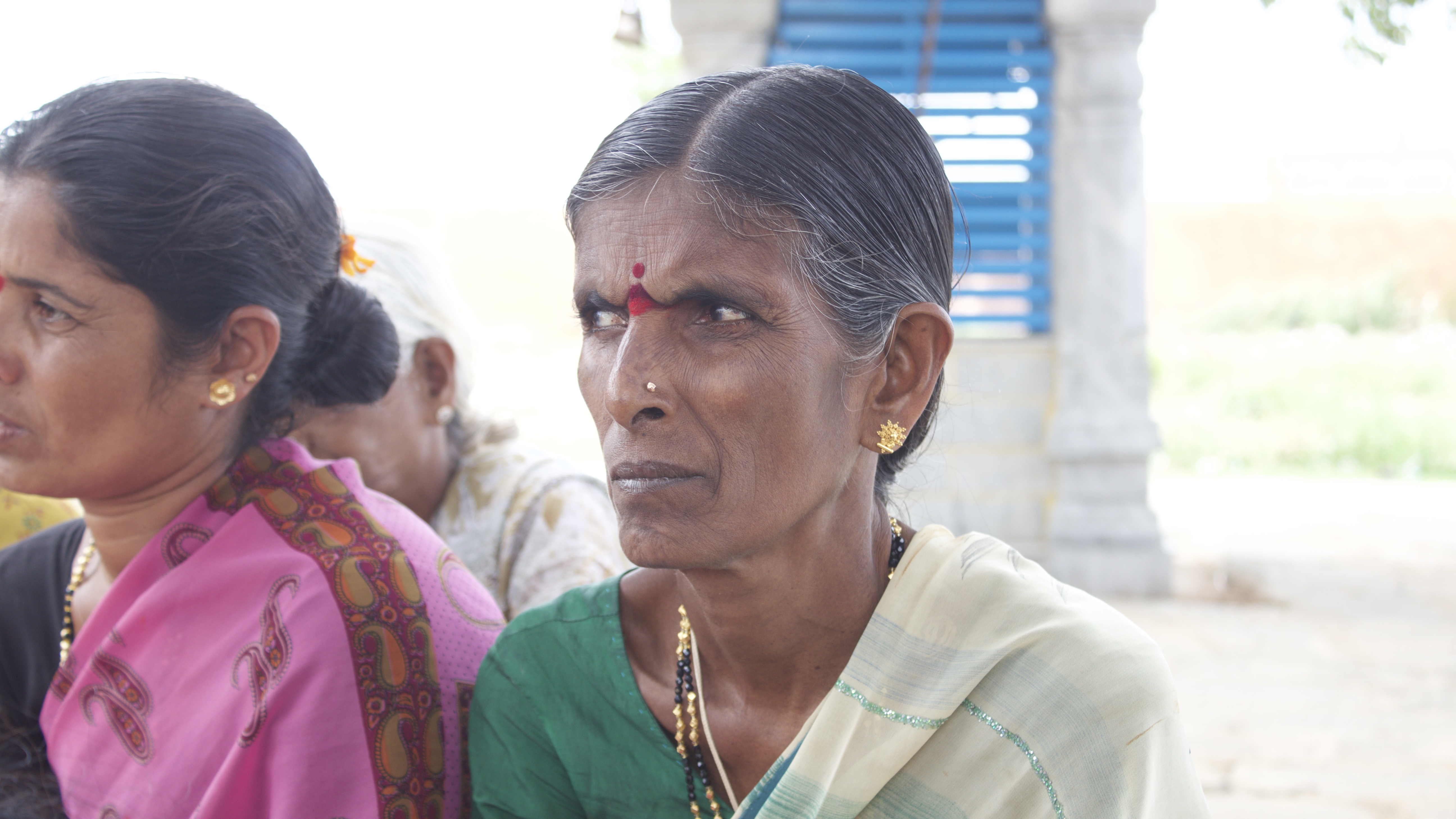
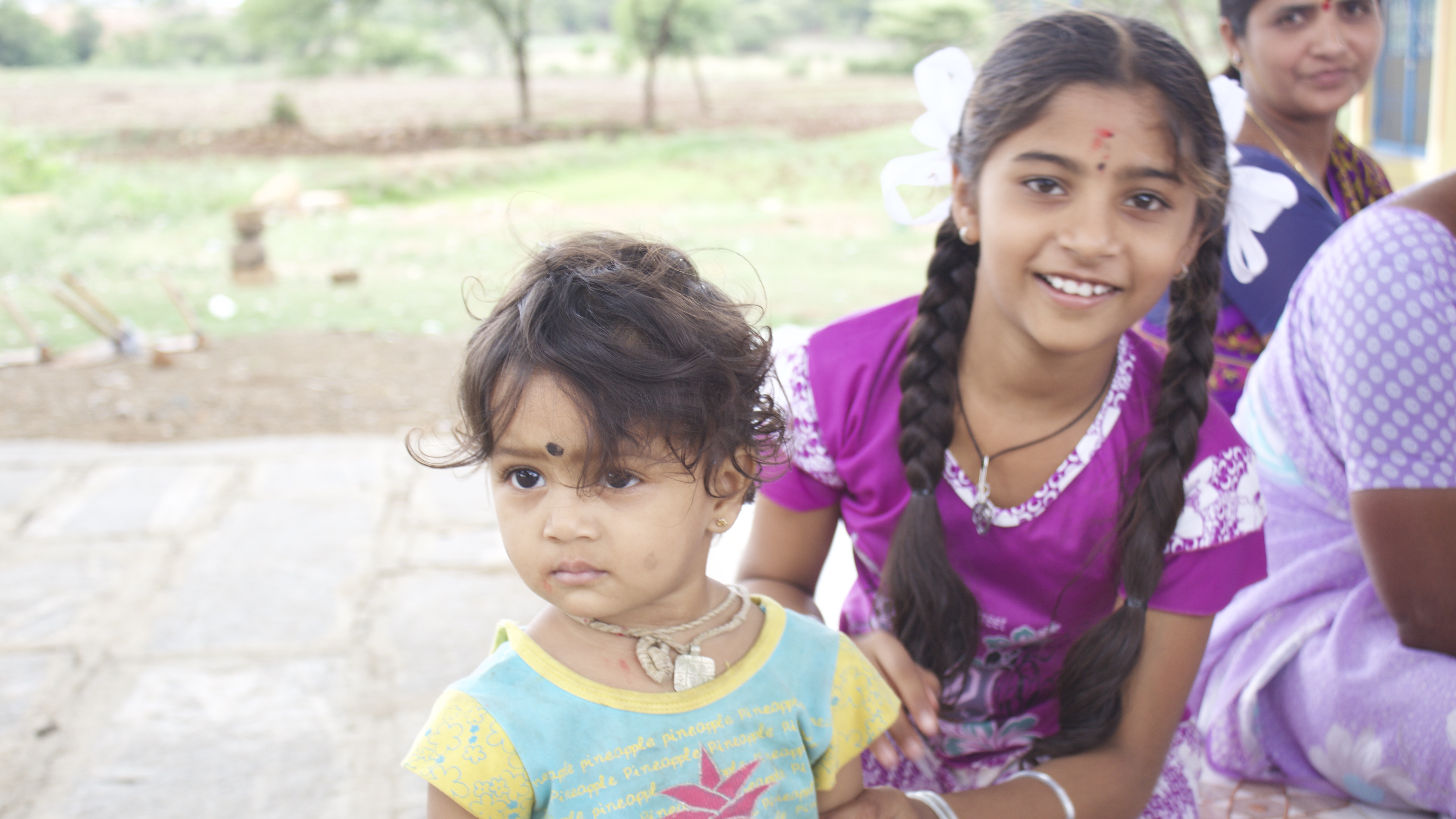

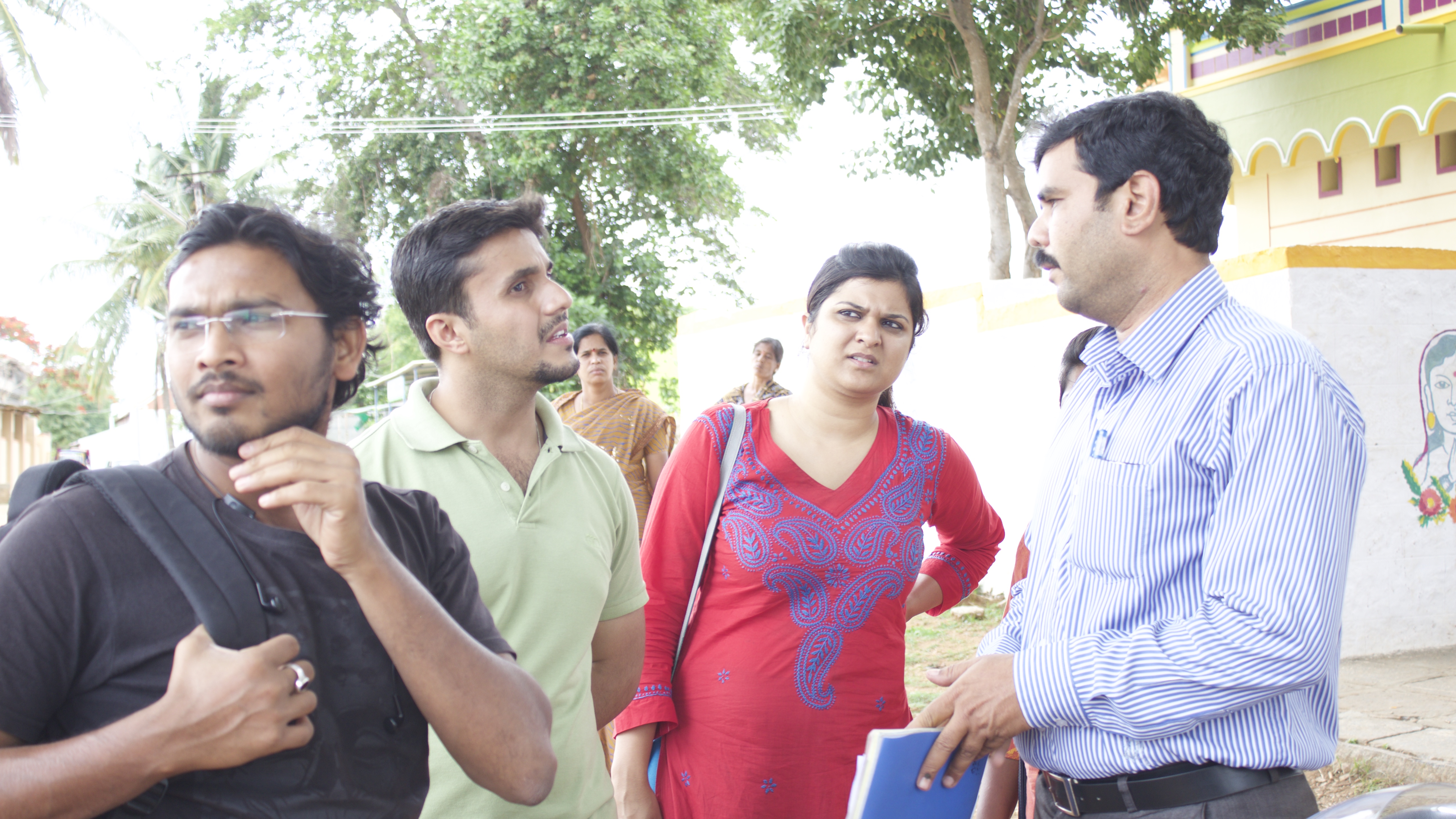
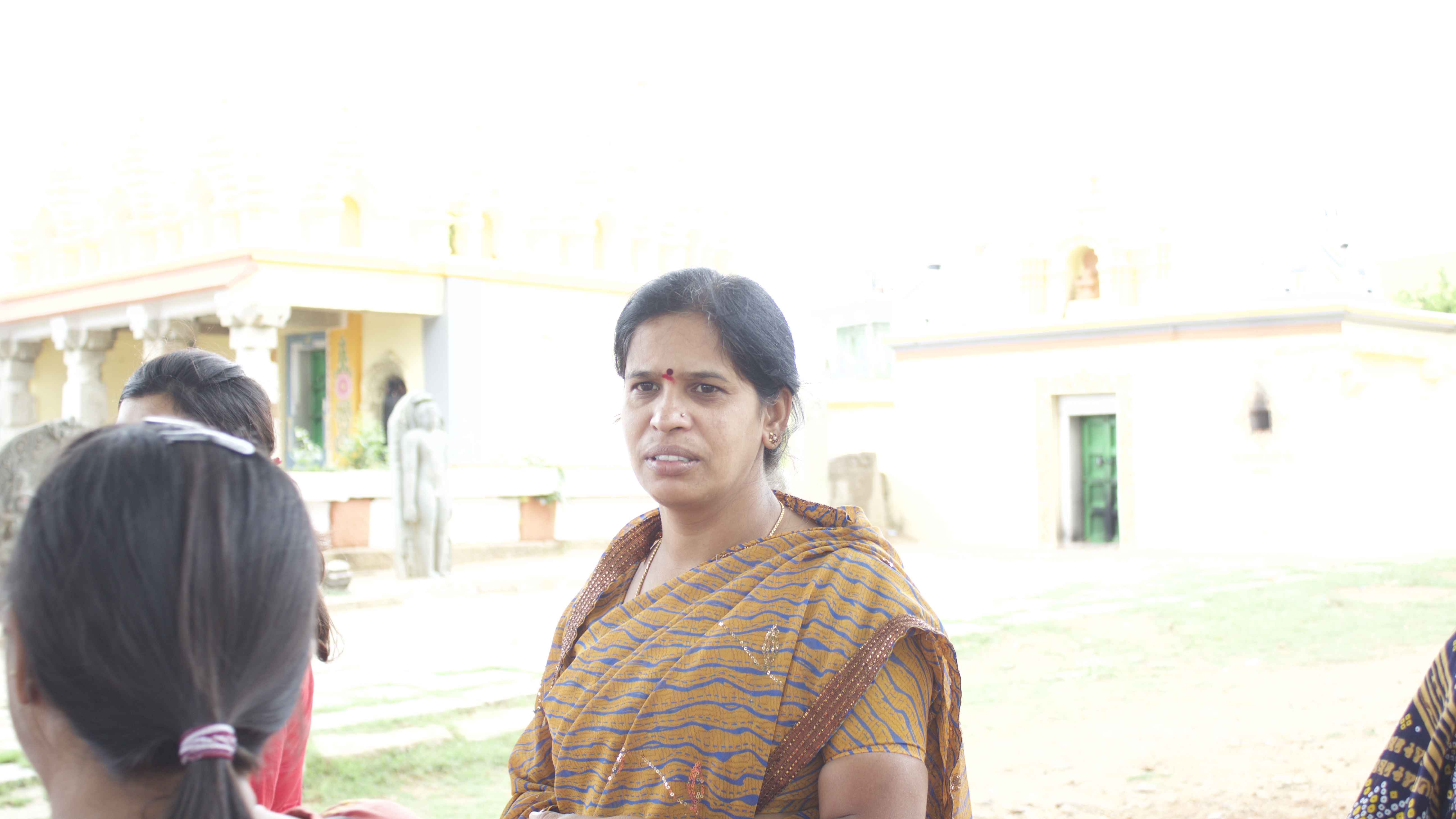
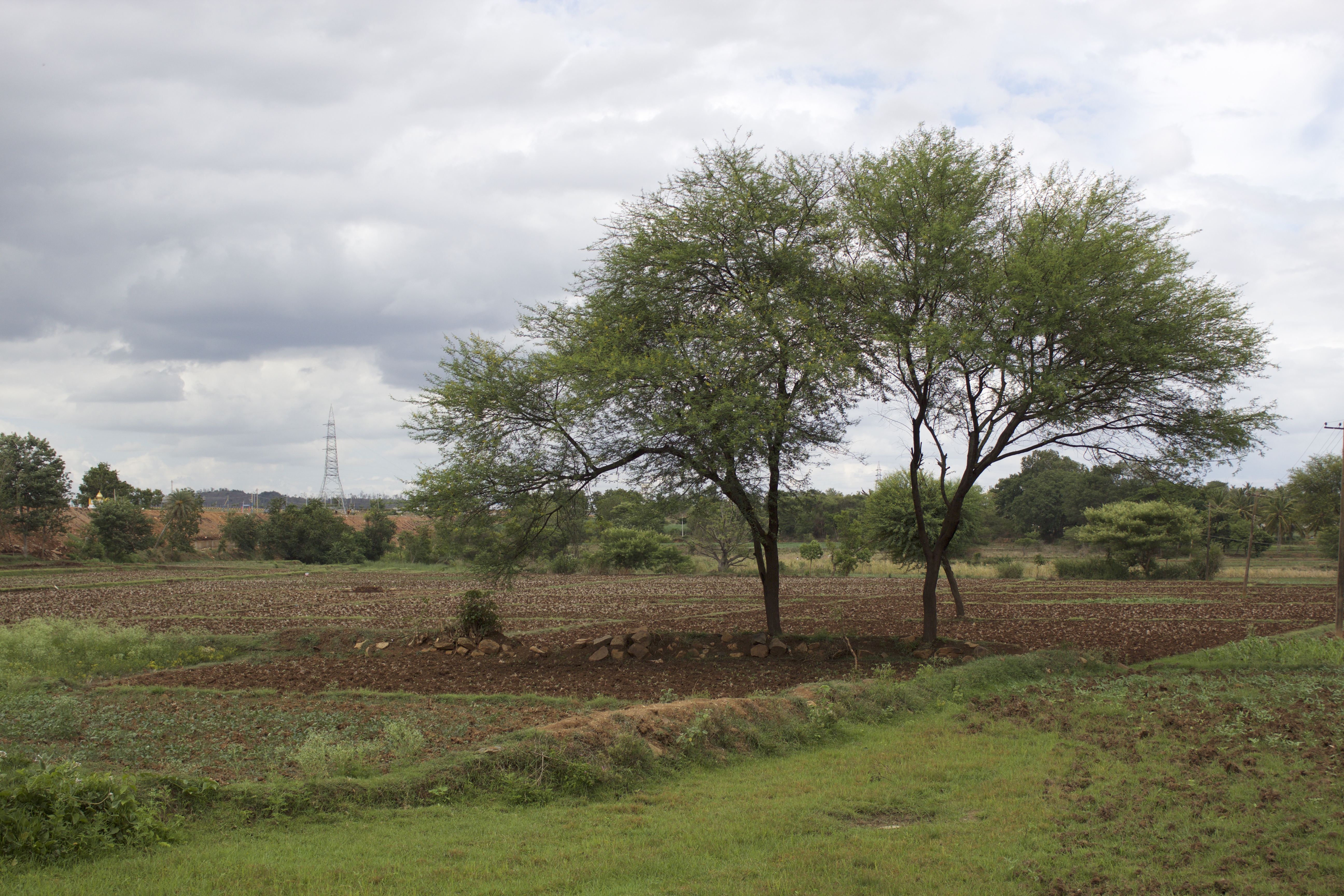
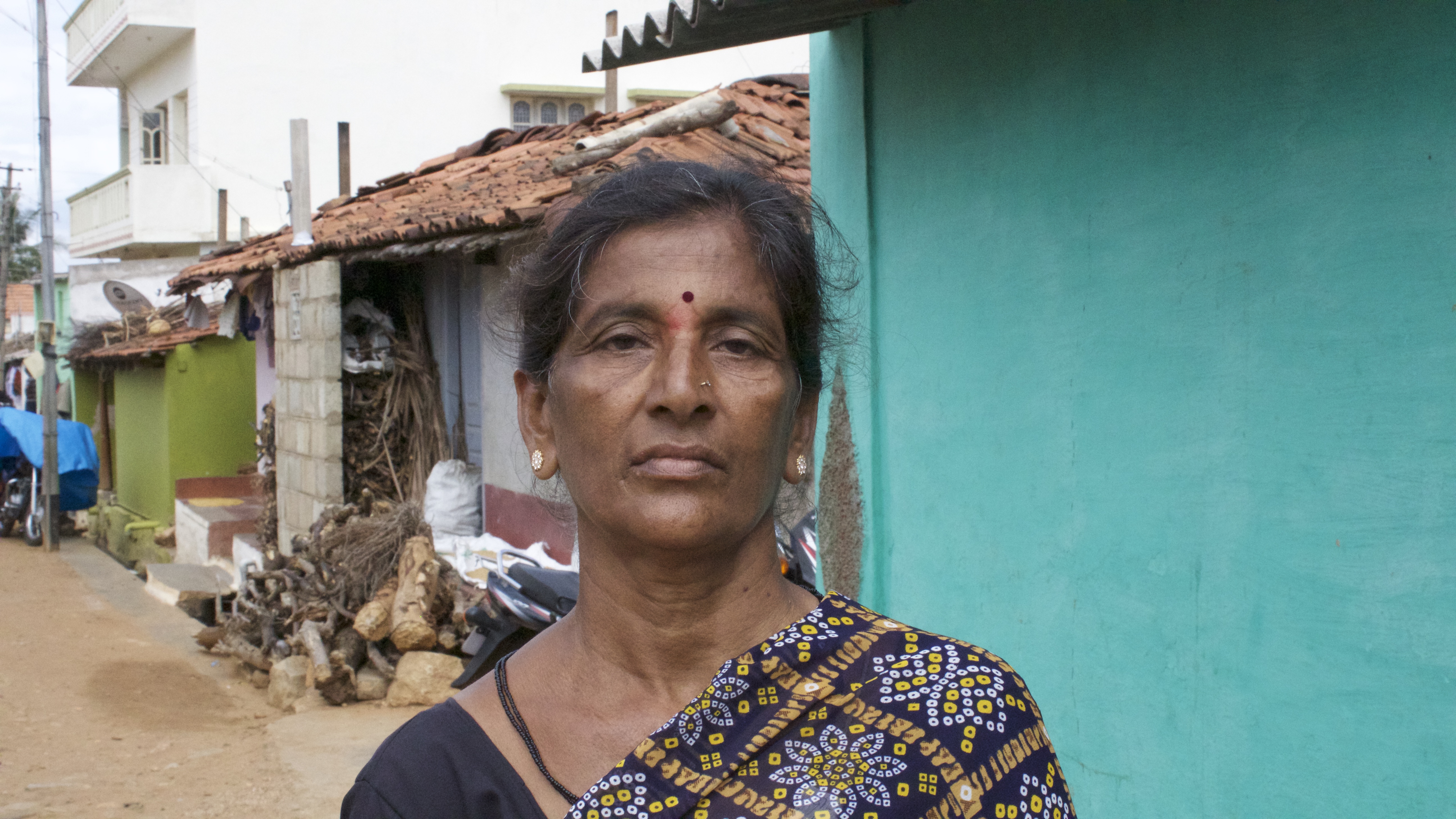



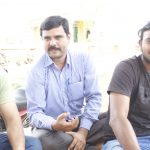
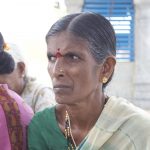
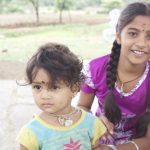

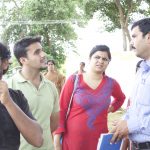
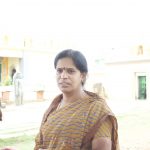
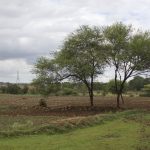
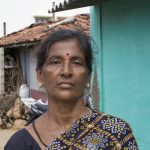
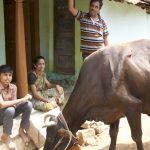




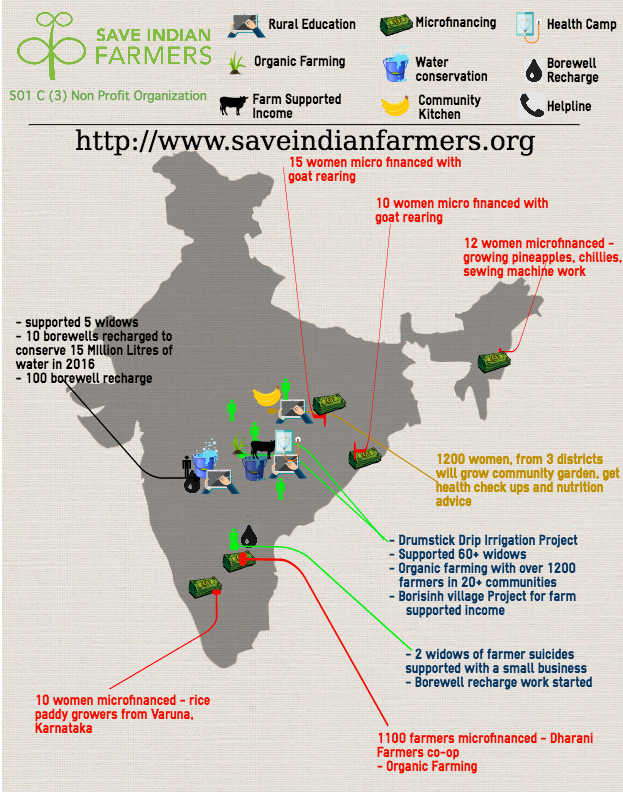
Play invrfmatioe for me, Mr. internet writer.